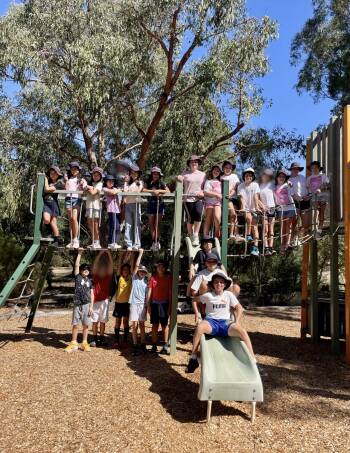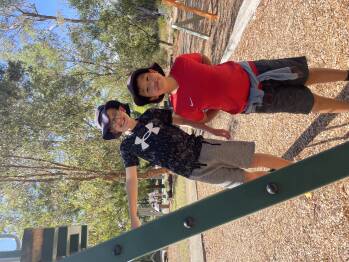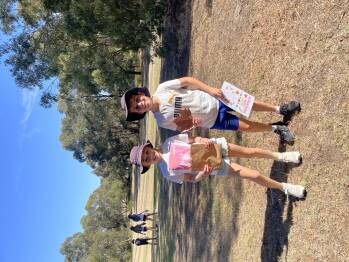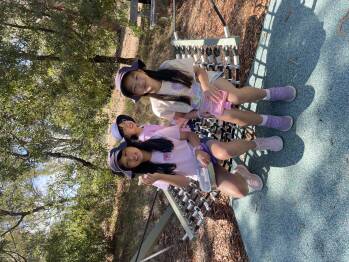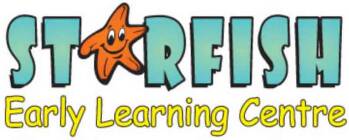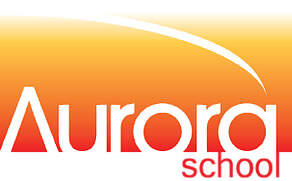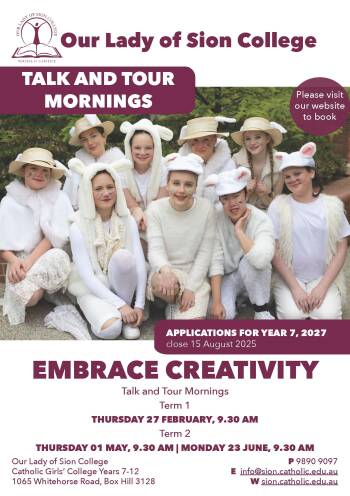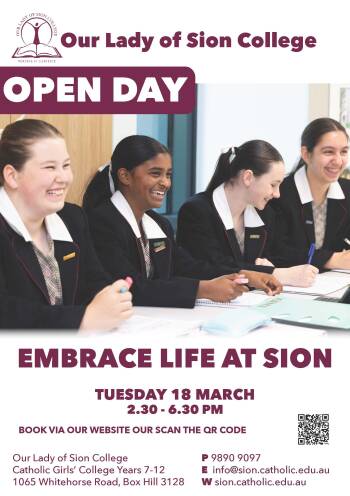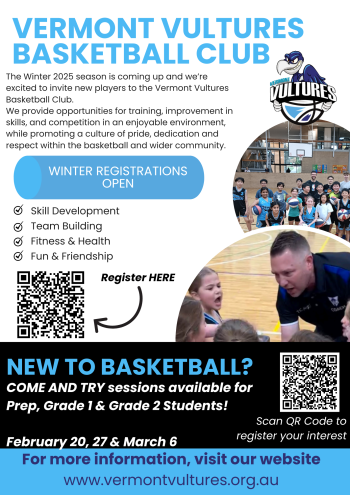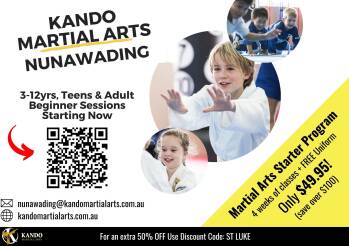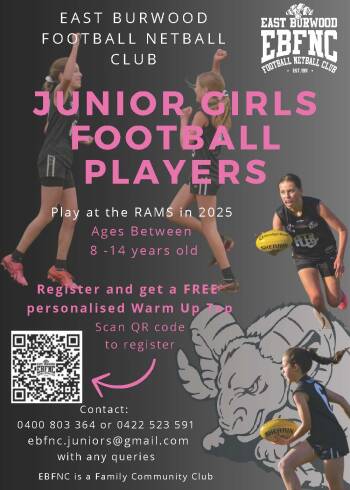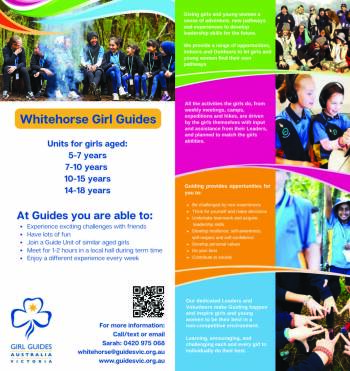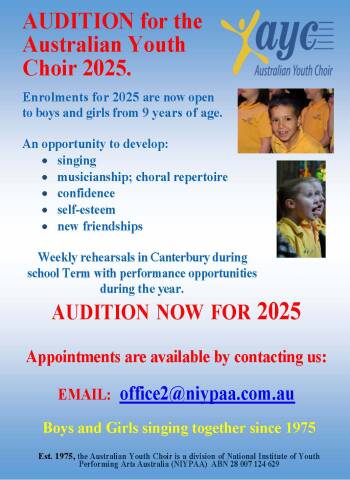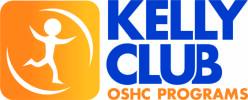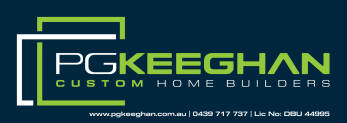Good afternoon Families,
As the seasons begin to change and we begin to see the beautiful changing colours of our beautiful local environment, l draw your attention to how even just five weeks in, we are seeing such change in our children. Their young minds are continuing to be opened to the wonders of learning and we are thrilled to see their willingness to build their own real growth mindsets. I have included a brief overview of Melbourne Archdiocese of Catholic Schools (MACS) Vision for Instruction which is an enlightening document that talks about our children becoming flourishing learners. This will begin a series of newsletter articles throughout the year that will outline the changes we are embracing as educators and learning to bring knowledge- rich teaching and direct instruction to motivate and enhance cognitive engagement. Ultimately, our two goals for instruction are:
- EXCELLENCE: All MACS schools WILL deliver knowledge-rich, evidence based teaching and learning program and
- EQUITY: where every student, regardless of background, achieves literacy and numeracy proficiency.
‘By 2030, we aim to become the benchmark for excellence in teaching and learning, through a coherently integrated, academically competitive and distinctively Catholic educational offering. We will provide an outstanding education, focused on formation of the whole person, that has the intellectual, practical and moral excellence of learners at its heart. We will aim to deliver the best educational outcome for every student. To achieve this, we are committed to evidence-based instruction and the active promotion of equity and excellence.
How students learn: All MACS educators benefit from knowing how students learn. The Australian Professional Standards for Teachers – Standard 1, requires teachers to know students and how they learn (AITSL n.d.). The evidence from cognitive science research offers important information on how this learning happens with practical implications for teaching.
The research tells us:
How students learn | Implications for instruction |
Most students need formal teaching to learn biologically secondary knowledge | Teach what students won’t learn on their own |
Thinking occurs when we combine information from our environment and from our long-term memory in new ways (Willingham 2009b) | Consider student prior knowledge |
Working memory has limits (Sweller 2011) | Respect students’ cognitive load and teach new content explicitly, using modelling and worked examples (Barbieri et al. 2023) |
Memory is the residue of thought (Willingham 2009a) | Ask questions to get students thinking in a structured way |
Memory is prone to forgetting (Pashler et al. 2007) | Stories and mnemonics extensive independent practice and Review can strengthen previous learning and lead to more fluent recall |
Knowledge builds on knowledge. | Teaching a knowledge-rich curriculum is essential |
Novices and experts learn differently | Introduce new ideas carefully and explicitly. |
Vision for Instruction:
Coherent, knowledge-rich teaching and learning programs: Students need a broad range of knowledge and skills to have a strong foundation of information across the whole curriculum that will benefit them beyond their school years. Coherent and deliberate planning of knowledge taught and sequencing of tasks has been shown to positively impact student learning. Tasks that build upon each other and are deployed based on student prior learning are the most effective (Wexler 2020).
Explicit instruction model: Effective teachers design lessons that begin with teacher-guided instruction and gradually shift responsibility for learning to the student with modelling and guided practice. This leads to student independent practice only after foundational knowledge is established (Clark, Kirschner & Sweller 2012).
Explicit instruction sequence: Starting with the introduction of new content and skills, effective teaching will generally follow this sequence:
- Explicit instruction: Teachers fully explain the concepts and skills that students are required to learn. The most efficient way to teach knowledge is to teach it explicitly, and this is particularly true for the introduction of new concepts (Rosenshine 2012). However, this does not mean students are passively receiving information.
- Modelling: Effective teachers break down what students need to learn into smaller learning outcomes and model each step so that students can see what is expected of them (Rosenshine 2012).
- Guided practice: Teachers provide multiple opportunities for students to practise, and support is gradually removed as students develop understanding and can work more independently.
- Independent practice: Once students have developed understanding, teachers ask students to complete tasks themselves while the teacher monitors and provides feedback.
Formative assessment: Effective questioning is a core part of effective formative assessment. Instruction is most effective when it is highly interactive with frequent checks for understanding. Identifying where a student is in their learning by assessing what they know also helps teachers choose the right starting place before introducing a new unit of work (AERO 2021).
Regular review: Rehearsing and reviewing information creates stronger connections and makes prior knowledge more readily available for use. As a part of a routine, use low- or no-stakes quizzes for frequent review. Material that is practised and discussed in review will be easier to recall. If students are struggling with a concept during review, teachers can do a quick re-teach lesson.
Principles of effective implementation:
Humans at the centre- Understand that human experience is at the heart of change.
Building knowledge- Knowledge is foundational to school improvement.
Rigorous adaptation- Balance on-the-ground adaptations with ensuring fidelity to evidence-based practices.
Lean monitoring- Collect and respond to data at each stage.
WOW- that’s a lot of information but we are feeling very excited about embracing new learning, taking our knowledge and understanding to new levels and changing our pedagogy to ensure our learners here at St Luke's flourish. Please don’t skip or skim over this. Read it in small sections as there is so much we want to share with you. I totally agree with our Melbourne archbishop when he states, ‘Each student is important, each is wonderful ... because each is made in the image and likeness of God. In their hopes and their challenges, their imperfections, and their gifts ... every child is a blessing, to be nurtured, supported, and encouraged.’ (Comensoli 2022)
On Wednesday, 5th March Julianne Kelly and Brooke Madden will meet with our Prep 2025 families for an information session. They will talk to our Vision for Instruction and how that looks for your child in the classroom each day.
With a lot of professional learning happening for our staff, we have decided to place Year 1-6 Information Sessions into Week One of Term Two on the Wednesday afternoon- 23rd April from 3.30pm to 4.15 pm. Please save the date and don’t miss out on learning about current research based, instructional best practices.
Excerpts taken from: Vision for Instruction Flourishing Learners position statement
Melbourne Archdiocese Catholic Schools Ltd James Goold House, 228 Victoria Parade East Melbourne VIC 3002 © Melbourne Archdiocese Catholic Schools 2024
Now, l won’t write another word other than have a lovely LONG weekend.
Clare Ryan



